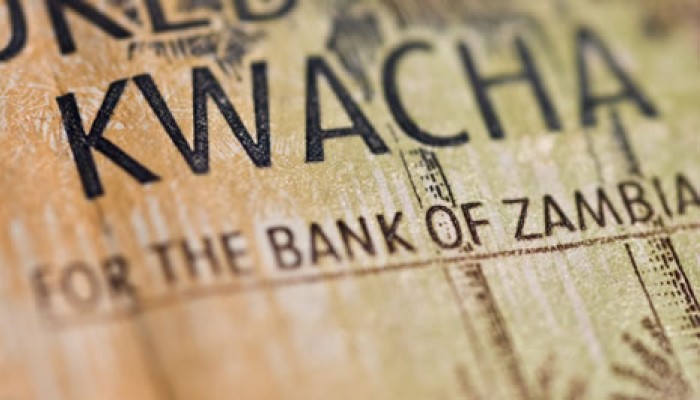Bond yields in Africa’s second largest copper producer Zambia, remain sticky as market players continue to seek clues around debt restructure prospect. Zambia, the first dollar bond defaulter in pandemic times has rekindled hopes after China eased its stance on the need for multilateral development banks to share in haircut losses, a very contentious matter in the ongoing creditor negotiations. The uncertainty in the debt reorganization space has continued to fatigue money and foreign exchange markets breeding delays in curve compression and has fueled currency volatility. In the fourth Kwacha bond sale held on Thursday April 27, with K2.6 billion of assets on offer, the Bank of Zambia was able to absorb only K636 million of purchasing power skewed in the 5 and 10 year tenors paying 24.00% and 27.75% respectively.
It is also a dry point of construction that a grim global outlook and strong dollar environment is driving greater asset sell – off pressure as investors prefer housing liquidity in dollar denominated assets. Zambia was earlier in the month dubbed a favorite frontier market given the recent currency rally after debt restructure hopes intensified, healthy copper prices and greater political willingness to restore fiscal fitness. The Southern African nation has led the curve as a reference point in the debt reorganization discussion that will set the pace for other emerging and frontier markets.
Six months ago the International Monetary Fund approved an extended credit facility of $1.3 billion, a pre requisite for debt restructure. However, delayed discussions have made the markets weary at a time when the global risk landscape is chaotic.
PENSION FUND BILL AND BOND BIDDING
Most recently Zambia’s authorities signed into law the pension fund amendment 2023 bill that allows for 20% cash out of retirement savings. This development has liquidity implications on the state pension fund which is forecast to be flooded with payout requisitions by its contributors in the medium term. This could reduce the funds participation in the bond market to meet liquidity needs.
“From a foreign portfolio investor perspective, the protraction in debt restructuring negotiations remains somewhat inhibitive to bond investments. Moreover, even though real bond yields are attractive at current levels, the kwacha’s recent aggressive rally has rendered the local currency around 11%-13% overvalued in real effective terms. The local currency may have potentially rallied too much in such a short space of time such that the FX entry level into the Zambia trade is not as attractive now as it would be around a high-19 to mid-20 handle.
Locally, while we would probably need more data and a lengthier assessment period, it will be interesting to ascertain the impact of recent pre-retirement claim process on the largest pension fund’s overall investment profile with regards to its government securities holdings,” Executive Head Trading at Opportunik Global Fund Dean Onyambu said in a note.
“NAPSA pulling out money for withdrawals of K491 million in just a week and this has kept commercial banks trigger shy on buying bonds using the pension funds deposits. Currently there is between K11 billion to K14 billion worth of potential benefits claimable,” ZATU Financial Consultants Managing Partner Munyumba Mutwale said in a note.
“NAPSA makes up about 31% of commercial banking deposits for which changes in pension fund policy does pose liquidity re-profiling implications,” Mutwale said.
WIDENING PRICE PRESSURES ON KWACHA CURVE
Sovereign risk premiums could be narrowing as inflation pressures persist. Zambia’s April consumer price index rose to 10.2%, deviating away from the 6-8% target bank by the central bank.
Creditor meetings are expected to resume next month at which markets remain optimistic about a long awaited breakthrough. Until this outcome is achieved currency and money markets will remain jittery.
Kwacha Arbitrageur

